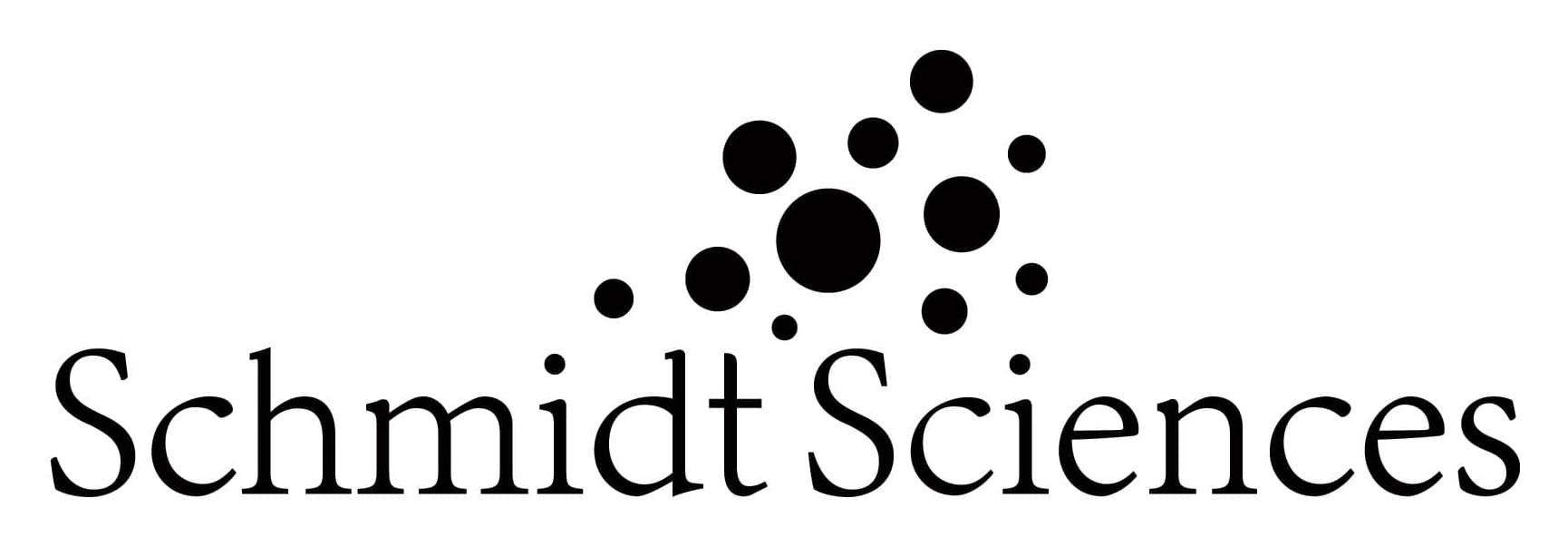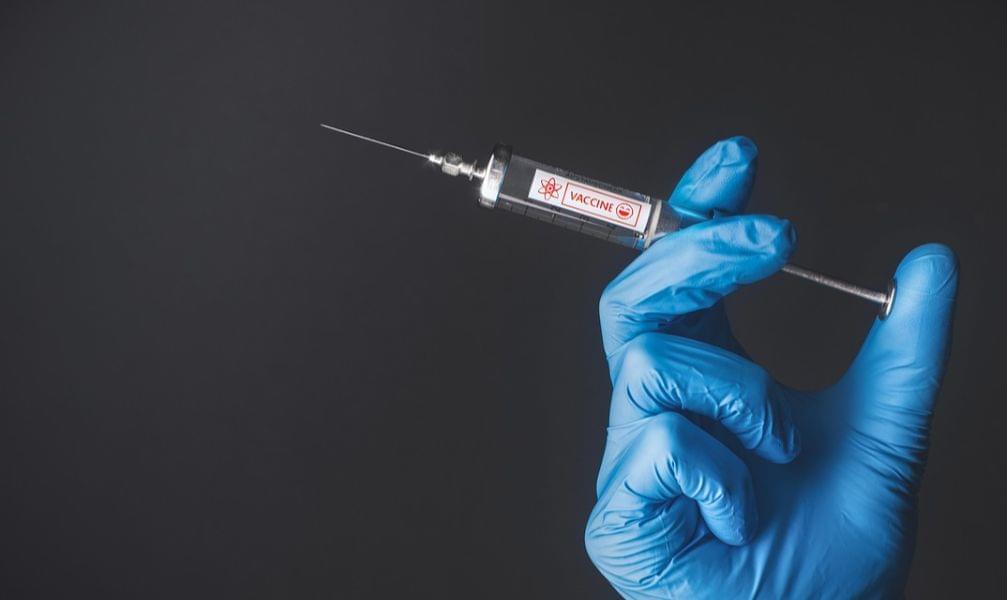Chinese group Jewelbug hacked a Russian IT provider, exploiting Microsoft tools and exfiltrating data via Yandex Cloud.
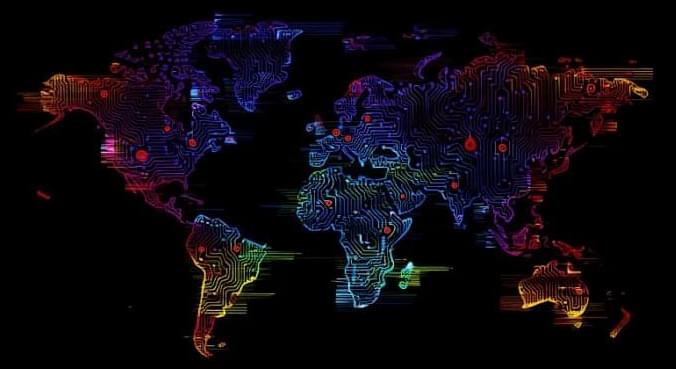

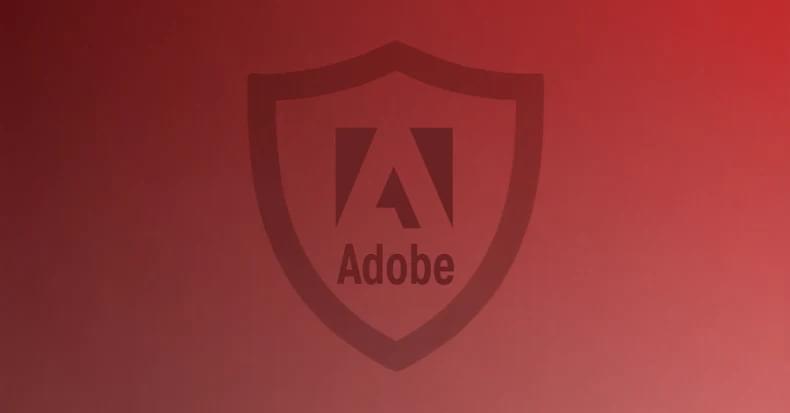

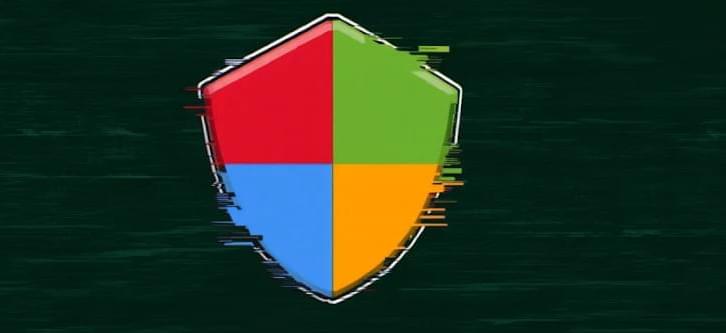

YouTube is currently facing a global outage, with users reporting playback errors on both the website and mobile apps.
When trying to watch videos, users see messages like “Playback error” or “Something went wrong,” while some say the site is slow or not loading at all.
The outage began within the last 30 minutes.
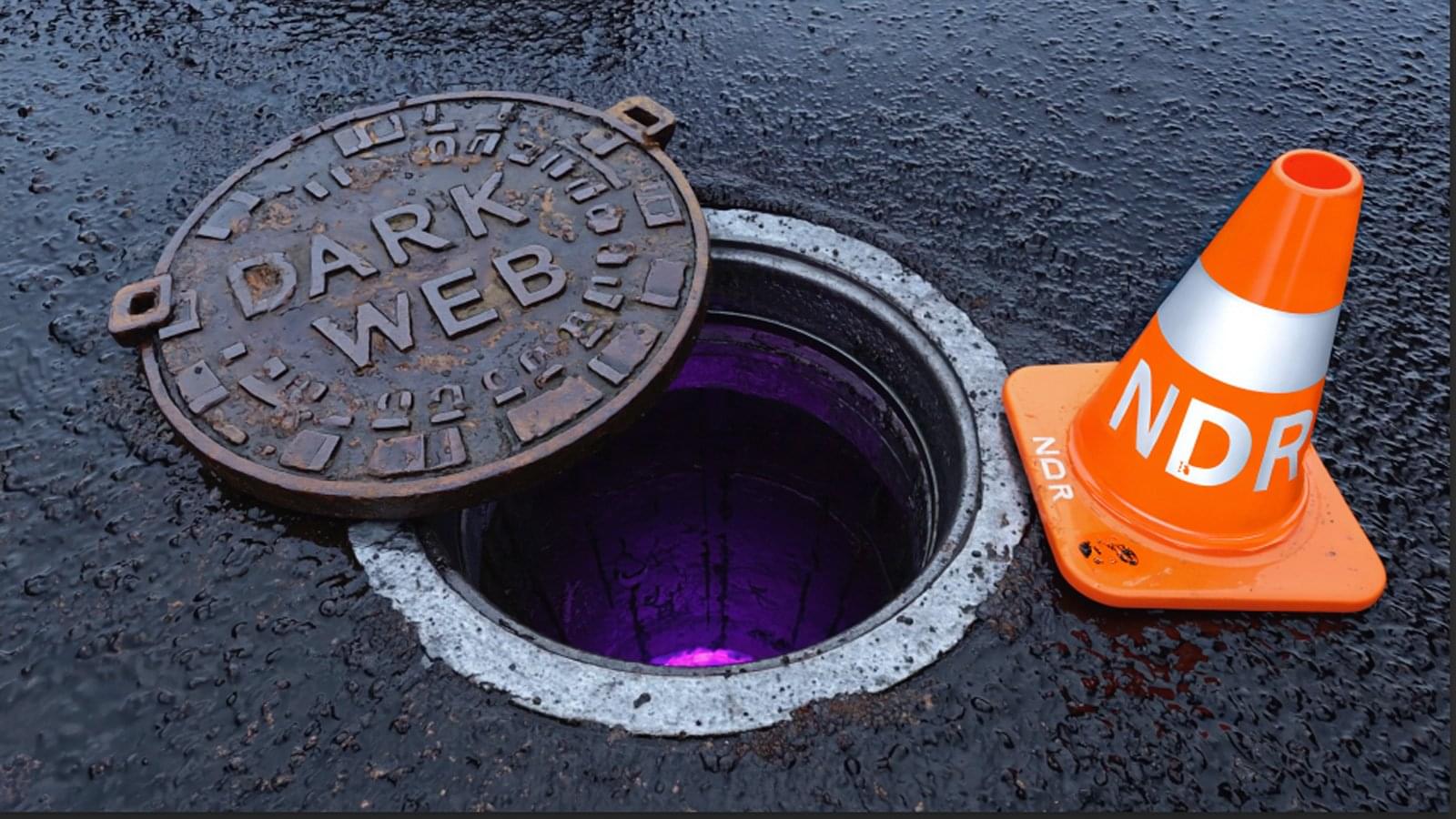
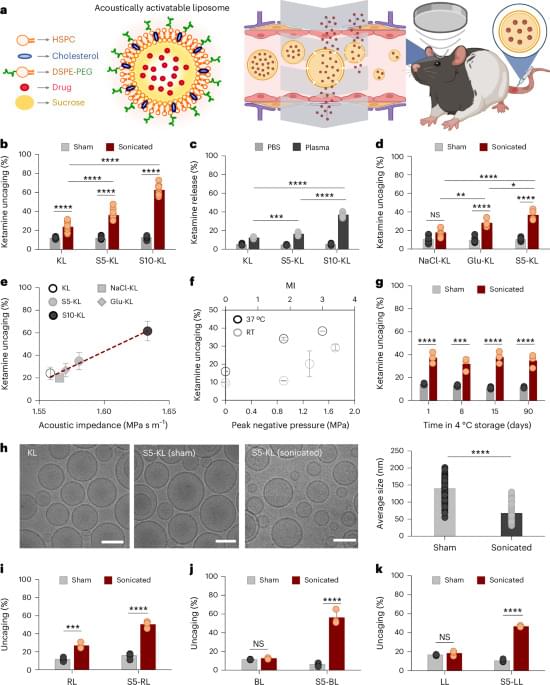
Purohit et al. incorporate sucrose into drug-loaded lipid nanoparticle (LNP) formulations, which shifts the acoustic impedance in a way that triggers drug release upon exposure to focused ultrasound (FUS). By using FUS to both transiently open the blood-brain-barrier and to release drugs from their LNPs, various drugs were delivered into the brains of mice.
Acoustically activatable nanocarriers made by incorporating 5% sucrose into liposomes release drug with low-intensity ultrasound, providing a readily clinically translatable system for both central and peripheral noninvasive neuromodulation.

We here introduce a novel bioreducible polymer-based gene delivery platform enabling widespread transgene expression in multiple brain regions with therapeutic relevance following intracranial convection-enhanced delivery. Our bioreducible nanoparticles provide markedly enhanced gene delivery efficacy in vitro and in vivo compared to nonbiodegradable nanoparticles primarily due to the ability to release gene payloads preferentially inside cells. Remarkably, our platform exhibits competitive gene delivery efficacy in a neuron-rich brain region compared to a viral vector under previous and current clinical investigations with demonstrated positive outcomes. Thus, our platform may serve as an attractive alternative for the intracranial gene therapy of neurological disorders.
